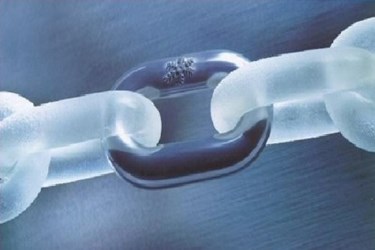Reducing HFC Use In The Cold Chain
By Melissa Lind, contributing writer

Seeking ways to increase demand for climate-friendly, food-industry technology, several organizations have partnered up to create the Global Food Cold Chain Council. The goal of the group: reduce greenhouse gas emissions in all areas of the food cold chain
The Alliance for Responsible Atmospheric Policy, the Air-Conditioning, Heating and Refrigeration Institute (AHRI), and other industry partners announced the formation of the Global Food Cold Chain Council (GFCCC) at the United Nations Secretary-General's Climate Summit in September. The initiative intends to find ways to increase the demand for technologies within the food industry, specific to refrigeration and the cold chain, that reduce greenhouse gas emissions. GFCCC hopes the initiative can tackle every facet of the cold chain, from processing, transportation, storage, all the way down to displaying items at the retail level.
Cold Chain Monitoring: Food & Retail
According to Kevin Fay, Alliance Executive Director, the food cold chain produces nearly one-third of hydrofluorocarbon (HFC) emissions globally and the GFCCC is part of a comprehensive approach to reduce HFC emissions. A more-efficient and climate-friendly food cold chain will also allow for extension of food supplies by reducing waste through minimized food spoilage. Though HFCs currently only make up about 1 percent of global, greenhouse emissions, that number is expected to increase 10-fold by 2050 if not abated and has become a major concern. Reduction of food waste will also reduce the CO2 cost-equivalent, which is estimated at 3.3 billion metric tons yearly.
The Alliance and the AHRI also recently met with HFC industry leaders in a roundtable discussion at the White House. Representatives announced intentions for the introduction of newer, low global-warming potential (GWP) technologies and compounds to replace current higher GWP tech. The food industry is expected to invest $5 billion for research, development, and commercialization of low-GWP technology over the next 10 years and intends to support public policy and efforts to reduce global HFC emissions by 80 percent by the year 2050.
What’s The Impact Of Big Data In The Cold Chain?
Industry leaders also advocated for a North-American proposal to amend the Montreal Protocol as a means to achieve global reduction of HFCs. At the same time, the proposal aims at increasing research and development of replacement refrigerants. The Montreal Protocol originally encouraged the use of HFCs to replace ozone-depleting refrigerants, but have become a concern in their own right.
